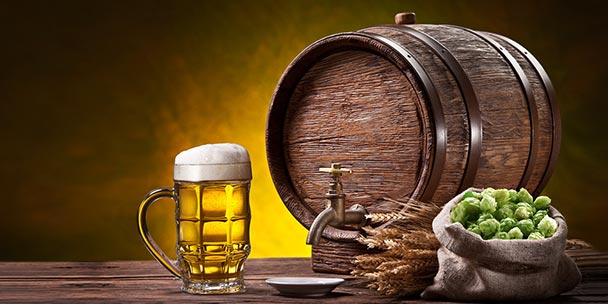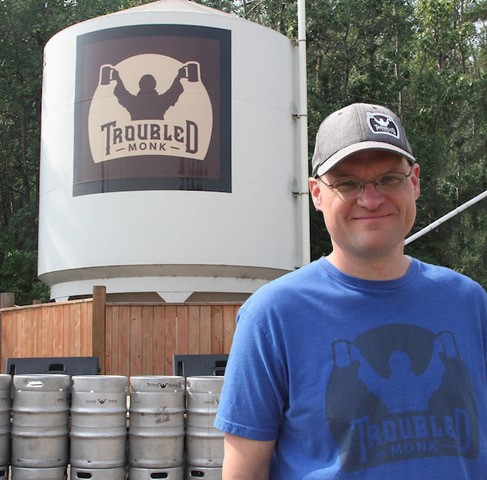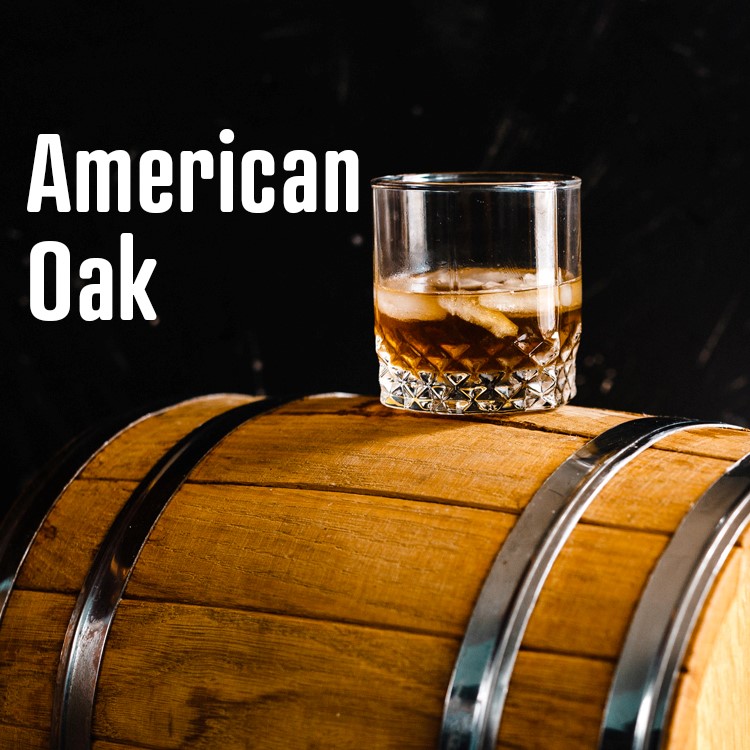How does the barrel aging process work magic on your beloved beverages?
The first thing to note is that there are three main factors at play here: the composition of the barrel, the duration of aging, and how these two aspects interact over time.
Barrel composition plays a crucial role in determining the aged beverage’s taste and aroma. Most commonly, barrels are made from oak wood which imparts unique flavours and characteristics due to its high concentration of tannins, lignins, cellulose, hemicellulose and other compounds found in oak trees. These components react with your drink inside the barrel as it ages, slowly releasing their essence into your favourite brew. Different oak species contribute various flavour profiles, such as American White Oak typically adding vanilla notes, while French Oak tends towards subtler spice flavours.
As for aging duration, it significantly impacts how pronounced these flavours become in your beverage. Shorter periods will result in subtle hints of woody tastes and aromas. At the same time, longer times spent resting within those rigid confines create bolder expressions that intertwine with every sip you take.
As time goes by during barrel aging, evaporation concentrates not only alcohol but also the flavours extracted from the wood itself – making each experience more prosperous and more complex than before! So next time you savour a glass of that divine barrel-aged liquid gold – whether beer or whiskey – take a moment to appreciate all those intricate details transformed by wood through time; after all, they’ve been waiting just for you!






